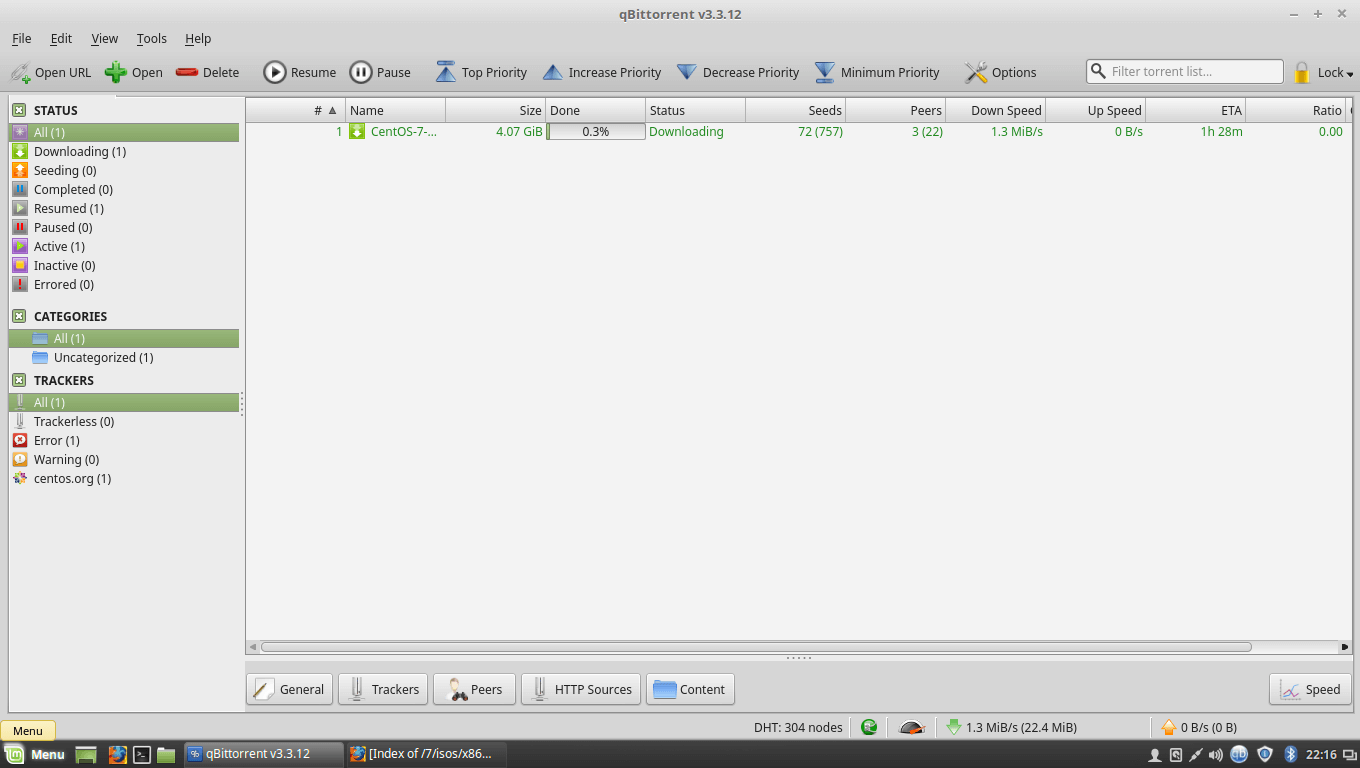
Once the stack is deployed, go to the containers menu option on the left sidebar and click on logs for the qbittorrent container. That’s all the configs you need to update and then click on Deploy the stack. Replace /PATH/TO/qbittorrent in the stack config with the response you got. Then typing pwd will return the current working directory. The above commands are for redirecting to the qbittorrent folder in your disk folder and creating two folders for Downloads & config. cd dev-disk-by-uuid… cd qbittorrent/ mkdir Downloads mkdir config pwd Download qBittorrent 4.5.2 - Download and create torrents, search for files, create download queues and change task priorities with this high-speed torrent client SOFTPEDIA® Windows Apps Mac. qBittorent is one of the most popular torrent client available for Windows, Linux and OS X. You can easily do that by typing cd dev and then pressing the “Tab” key on your keyboard. qBittorrent is a bittorrent client programmed in C++ / Qt. That’s the next folder you should cd into. Once you list all the items ls you’ll see something like dev-disk-by-uuid…. Let’s go back to the terminal and enter the following commands cd. From there, copy the records for uid and gid and paste them in the above stack config. Then type id user and press enter to get all the id records.

Let's fire up your terminal and ssh into your RPi. Update 1111 with the port you need to access the qBittorrent instance.

On this, the followings are the things you need to change. Create a stack version: “2.1” services: qbittorrent: image: lscr.io/linuxserver/qbittorrent container_name: qbittorrent ports: - 1111:8080 environment: - PUID=1000 - PGID=100 - UMASK=002 - TZ=Europe/London volumes: - /PATH/TO/qbittorrent/Downloads:/config - /PATH/TO/qbittorrent/config:/downloads restart: unless-stopped


 0 kommentar(er)
0 kommentar(er)
